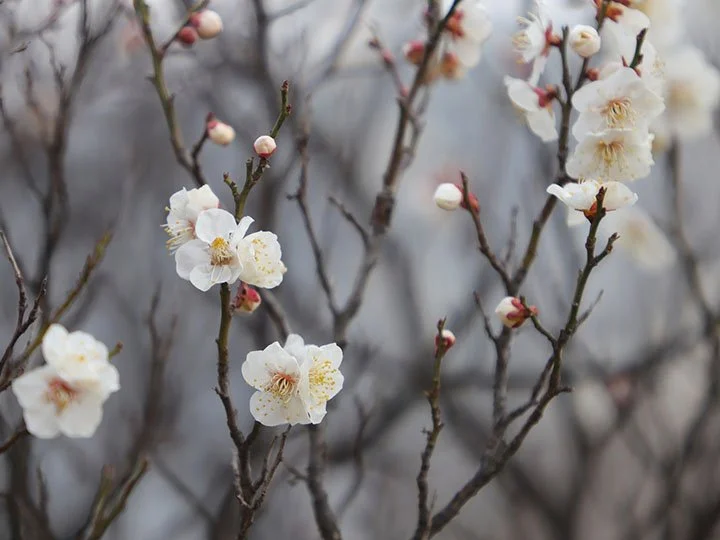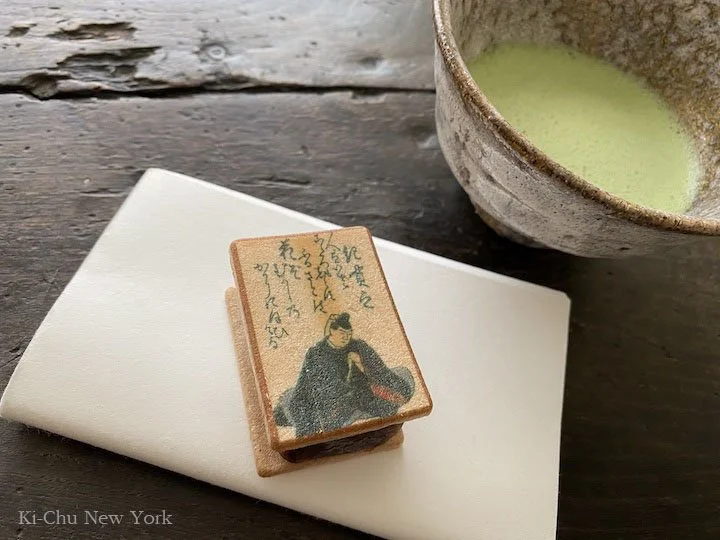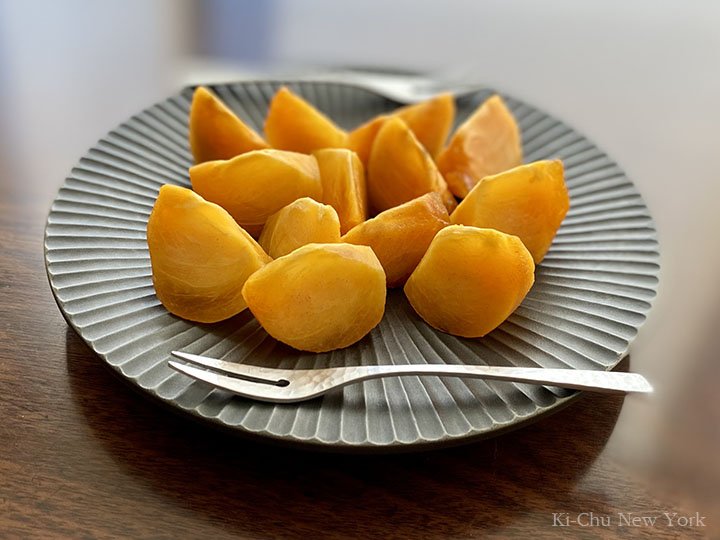It is already the end of June, and every year in June, it reminds me of blue-purple hydrangeas blooming in the rain. Hydrangea has a long history in Japan, and the flowers are mentioned in Japan's oldest collection of waka poems, "Manyoshu (万葉集)", which is said to have been compiled in the latter half of the 8th century.
"Shichihenge" (Hydrangea) / 「七変化」by Phoebe Ogawa
When hydrangeas get wet with rain, they become more glossy and stand out, appearing beautiful even in gloomy weather. They glisten with raindrops throughout the rainy season. When I imagine hydrangeas in the rain, I can almost hear the soothing sound of rain, which makes me feel calm and peaceful. For me, hydrangeas and rain always go hand in hand.
Usually, I definitely prefer the dry air, but at this time of year, I miss a bit the humid air of the rainy season in Japan when thinking of hydrangeas.
Recently, I've been asked a lot about Japanese sweets, so I want to introduce traditional Japanese sweets made by Phoebe Ogawa, a former wagashi chef at the Japanese fine dining restaurant Kajitsu and its cafe, Kokage. Unfortunately, the restaurants closed last year, but her traditional Japanese sweets are now sold at Mogmog, a small Japanese supermarket in Long Island City. So I went there to buy some. It's a little far for me, but it's worth it to buy these specific Japanese sweets and travel a distance. Her sweets are so pretty that while I was heading back home on the subway, I was thinking of the hydrangeas that were drenched in the rain at Meigetsu-in Temple (明月院) in Kamakura City. It is so famous for hydrangeas that it is called a temple of hydrangeas.
Perhaps because I went all the way to buy these Japanese sweets, the bowl of matcha I had with the sweet tasted exceptionally delicious. The taste of food and drink may feel even more delicious in proportion to my thoughts.
It has been a little cooler this year, so the hydrangeas in our garden in CT are taking longer to bloom. It is not like Japan, but I am eagerly anticipating the sight of beautiful hydrangeas in our garden even after June passes.
Hydrangea buds in our garden















